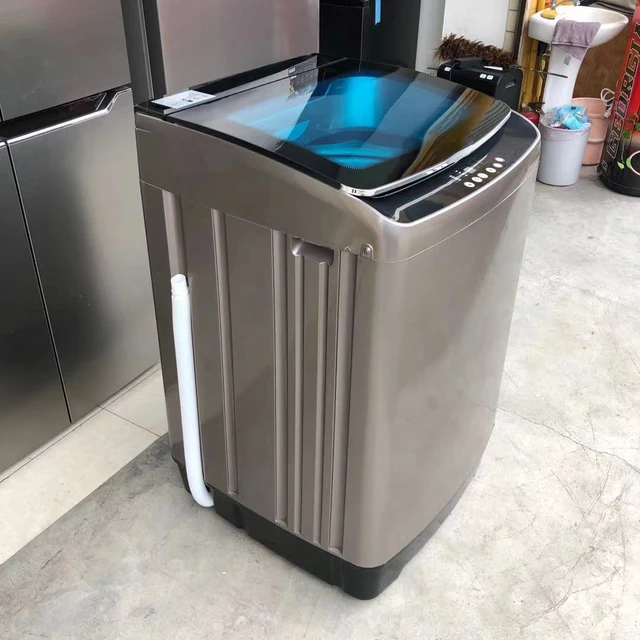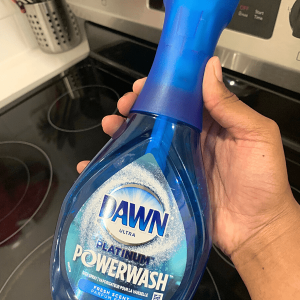Can Ticks Survive the Washing Machine?
Ticks, those small arachnids that cling to skin and fur, pose a significant risk for pet owners and outdoor enthusiasts due to their ability to transmit diseases like Lyme disease and Rocky Mountain spotted fever. Consequently, understanding how to effectively eliminate ticks is essential. A common inquiry many have is: can ticks survive washing machines? In this article, we will delve into the life cycle of ticks, their resilience, and the effectiveness of using a washing machine to remove or kill these pests.
Understanding Ticks
What Are Ticks?
Ticks belong to the class Arachnida, which also includes spiders and mites. They are ectoparasites that feed on the blood of mammals, birds, reptiles, and amphibians. Ticks are typically categorized into two families:
- Hard Ticks (Ixodidae): These ticks have a shield-shaped scutum and are better known for their ability to attach firmly to their hosts. Common examples include the black-legged tick and the American dog tick.
- Soft Ticks (Argasidae): Unlike their hard-bodied counterparts, soft ticks have a more rounded, leathery appearance. They tend to harbor fewer pathogens but can still pose health risks.
Life Cycle of Ticks
The life cycle of a tick includes four stages: egg, larva, nymph, and adult. Each stage typically requires a blood meal to progress:
- Egg: A female tick lays thousands of eggs in a safe environment. These eggs hatch into larvae in several weeks.
- Larva: The larva seeks a host for its first blood meal. After feeding, it drops off to molt into a nymph.
- Nymph: Nymphs are more potent vectors for disease. They feed on a host and subsequently enter the adult stage.
- Adult: After feeding, adults seek mates and the cycle continues.
Common Diseases Transmitted by Ticks
Ticks are vectors for various diseases that pose health risks to both humans and pets. The most notable include:
- Lyme Disease: Caused by the bacterium Borrelia burgdorferi, it is transmitted primarily by the black-legged tick.
- Rocky Mountain Spotted Fever: This disease results from bacteria Rickettsia rickettsii, usually spread by the American dog tick.
- Anaplasmosis: This illness is caused by the bacterium Anaplasma phagocytophilum, transmitted by Ixodes scapularis ticks.
Why Do We Worry About Ticks?
The fear surrounding ticks comes from their ability to transmit diseases. Nearly 300,000 cases of Lyme disease are reported annually in the United States alone. Not only are humans at risk, but pets can suffer from tick-borne illnesses too. The thought of bringing a tick into the home—either through pets or outdoor clothing—worries many people, making the question of whether ticks can survive a washing machine all the more relevant.
Can Ticks Survive in a Washing Machine?
The Mechanics of a Washing Machine
Washing machines function through a combination of water, detergent, and mechanical agitation. This combination aims to dislodge and remove dirt, stains, and pathogens from fabrics. However, the effectiveness of a washing machine in killing unwanted pests like ticks involves several factors:
- Water Temperature: Hot water can be more effective than cold water in eliminating pests. Most ticks are susceptible to temperatures above 120°F (49°C).
- Detergent: The type and concentration of detergent may also play a role in the effectiveness of a wash cycle.
- Agitation: Mechanical agitation in a washing machine can take a toll on the structure of ticks, helping to dislodge them from fabrics.
Can Ticks Survive Washing and Drying?
Research indicates that while washing clothes in a washing machine can physically remove some ticks, it does not guarantee their elimination. Here are some points to consider:
- Survival Rate: Studies have shown that certain ticks can survive a standard wash cycle, especially in cold water. Adult ticks and nymphs are more resilient than larvae, making them more likely to survive.
- Drying: The drying process is generally more effective at killing ticks. High heat (at least 130°F or 54°C) for 10-20 minutes is often sufficient to eliminate ticks that may have survived the wash.
Factors Influencing Tick Survival
Several factors help determine whether ticks can survive washing:
- Type of Tick: Different species exhibit varying levels of resilience to washing and drying.
- Moisture: Ticks thrive in moist environments, which may influence their survival in wet laundry.
- Duration of Cycle: Longer wash cycles may increase the likelihood of dislodging and potentially killing ticks.
- Water Temperature: Higher water temperatures generally increase tick mortality rates.
Case Studies and Findings
Numerous studies have been conducted to evaluate the survival of ticks in washing machines. For instance:
- In one study, ticks were placed in laundry that was subsequently washed and dried. The findings indicated that while most ticks were removed during the wash, a percentage remained viable post-wash, especially when cold water and short cycles were used.
- Another study showed that ticks demonstrate heightened resilience in the washing machine and may not succumb to typical laundry conditions. However, when subjected to prolonged high heat during drying, nearly all ticks were eliminated.
 Best Practices to Remove Ticks from Fabrics
Best Practices to Remove Ticks from Fabrics
Pre-Wash Preparations
Before throwing clothing or bedding into the washing machine, consider these best Pre-Wash practices:
- Inspect Fabrics: Check for any visible ticks and remove them manually. Wear gloves to avoid contact.
- Shake Out: Take clothing outside and shake or pound it to dislodge any ticks before washing.
- Vacuum: For pet bedding, vacuum before washing—especially if you have pets that go outdoors often.
Washing Techniques
- Use Hot Water: Whenever possible, wash items in hot water. Set the machine to at least 130°F (54°C) for optimal results.
- Choose the Right Detergent: Use quality detergent that is effective in breaking down oils and proteins. A heavier detergent may be more effective at dislodging ticks.
- Longer Wash Cycles: If time permits, opt for longer wash cycles to maximize the ticket dislodging.
Effective Drying
- Use High Heat: After washing, dry your items using a high-heat setting.
- Timing: Ensure you dry your laundry for at least 30 to 60 minutes to effectively kill ticks.
Additional Considerations
Despite the washing and drying techniques, it may be beneficial to take additional preventative measures:
- Tick-Repellent Fabrics: Consider using clothing that has been treated with tick repellent chemicals for added protection.
- Regular Inspections: Regularly inspect clothing and pets for ticks after outdoor activities, especially in wooded or grassy areas.
- Professional Treatments: In areas that are heavily infested with ticks, consider professional pest control treatments for your yard or property.
Preventing Tick Infestation
Landscape Management
Managing your yard can substantially reduce tick populations. Consider the following strategies:
- Keep Grass Short: Ticks thrive in tall grass, so regular mowing is vital.
- Create Barriers: Use wood chips or gravel to separate wooded areas from your lawn.
- Remove Debris: Clear leaf litter, tall grasses, and other debris where ticks might hide.
Personal Protection
- Wear Protective Clothing: When venturing into tick-prone areas, wear long sleeves and long pants. Light-colored clothing allows for easier tick detection.
- Use Repellents: Apply insect repellent containing DEET or permethrin on clothing to deter ticks.
- Tick Checks: Conduct thorough tick checks after outdoor activities, ensuring no ticks have hitched a ride on your body or clothing.
Conclusion
Can ticks survive washing machine
While ticks may not be completely obliterated through a standard washing machine cycle, awareness of their survival rates and effective washing techniques can significantly reduce their presence. Utilizing hot water, effective detergents, and high-heat drying can improve your chances of successfully eliminating these pests from your fabrics, thus protecting both your family and pets from tick-borne illnesses. Moreover, maintaining good habits, such as inspecting outdoor gear and taking preventative measures, can help mitigate the risks associated with ticks in the first place.



